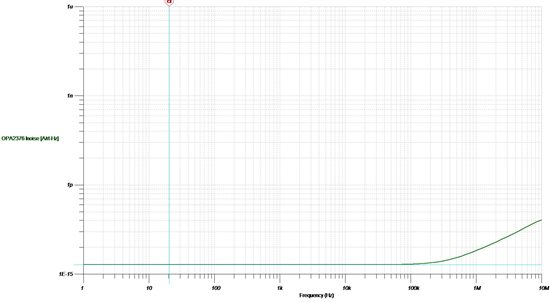Hi Folks,
I have selected the OPA2376 as a pre-amp for an EEG filtering application based on its low noise for low supply voltage and current characteristics.
How can I get information on voltage noise density and current noise density variations from part-to-part (statistical or min / max info) specifically including the frequency range 1Hz to 100Hz (signal bandwidth 2- 47Hz)?
Thanks,
Charlie



